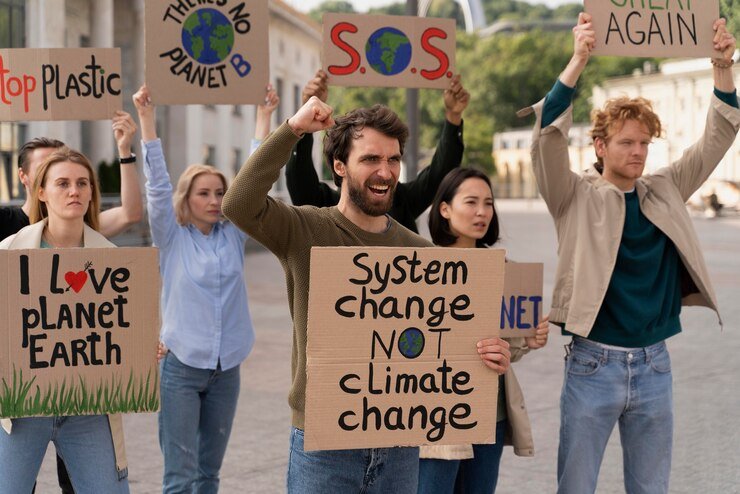Demystifying Cruelty-Free: How to Make Conscious Choices
Introduction
The pursuit of a more sustainable and ethical lifestyle has become a priority for many people. In this context, the concept of Cruelty-Free stands out, promising products that have not been tested on animals. But what does it really mean to be Cruelty-Free? And how can you make conscious choices that reflect your values? In this article, we will explore these questions and provide practical tips to help you make a difference.
What Does Cruelty-Free Mean?
The term “cruelty-free” refers to products that have not been tested on animals at any stage of their production. This includes ingredients, formulation, and the final product. However, the lack of strict regulation allows some companies to use this claim without fully meeting all necessary requirements.
For a product to be truly Cruelty-Free, it must meet the following criteria:
- No ingredient can have been tested on animals.
- The final product cannot have been tested on animals.
- The company cannot outsource animal testing to external laboratories.
- The brand cannot sell in countries where animal testing is required by law, such as mainland China.
Difference Between Cruelty-Free and Vegan
Many people confuse Cruelty-Free products with Vegan products. While both relate to animal welfare, there are important differences:
- Cruelty-Free: Not tested on animals, but may contain animal-derived ingredients, such as honey, beeswax, or lanolin.
- Vegan: Does not contain animal-derived ingredients, but may have been tested on animals if the company does not follow a Cruelty-Free policy.
For consumers concerned about animal welfare, the ideal choice is Cruelty-Free and Vegan products, ensuring that no animal has been harmed during the manufacturing process.
The Importance of Cruelty-Free
Choosing Cruelty-Free products is a way to support ethical business practices. With increasing awareness about animal welfare, many people opt for brands that respect these principles. Additionally, the demand for cruelty-free products has encouraged companies to seek alternative testing methods, leading to innovation in product development.
How to Identify Cruelty-Free Products
Given the lack of clear regulations, identifying truly Cruelty-Free products can be challenging. Here are some tips to ensure more conscious choices:
- Check Reliable Certifications Some organizations verify and certify Cruelty-Free brands. The most reliable certifications include:
- Leaping Bunny (Cruelty-Free International): Considered one of the most rigorous, requiring brands not to test on animals at any stage of production and conducting frequent audits.
- PETA (People for the Ethical Treatment of Animals): Maintains a list of companies that declare they do not test on animals.
- Choose Cruelty-Free (CCF): An Australian organization that certifies brands committed to the animal cause.
If a product has one of these seals, there is greater assurance that it has not been tested on animals.
- Research the Company’s Policy Not all Cruelty-Free brands have certifications, as the process can be expensive and bureaucratic. However, many transparent companies publish their testing policies on their websites. Before buying, it is worth researching whether the company publicly commits to cruelty-free practices.
- Check the Brand’s Presence in Restricted Markets If a company sells its products in mainland China, where animal testing is still required by law for certain categories of cosmetics, there is a high risk that the products have been tested on animals. However, there are exceptions for products sold online or manufactured locally within free trade zones.
- Use Apps and Cruelty-Free Brand Lists Apps like Bunny Free (PETA) and Cruelty Cutter help consumers quickly check if a brand is committed to the Cruelty-Free movement.
Benefits of Choosing Cruelty-Free
Opting for Cruelty-Free products offers several benefits:
- Contribution to Animal Welfare: Choosing products that do not involve animal testing helps reduce cruelty and suffering.
- Encouraging Ethical Industry Practices: Increased demand for ethical products can encourage more brands to adopt sustainable practices.
- Quality and Innovation: Many Cruelty-Free brands excel in quality and innovation, offering options that compete with traditional products.
Making Conscious Choices
- Know Your Values Reflect on what is important to you. If animal welfare is a priority, seek information and make choices aligned with these values.
- Adopt a Minimalist Lifestyle Choosing Cruelty-Free products is not limited to cosmetics. Adopting a more minimalist lifestyle, reducing the consumption of unnecessary products, is also a way to make conscious choices.
- Support Local Brands Choose local brands that follow Cruelty-Free practices. In addition to supporting the local economy, you contribute to a more ethical market.
- Share Information Spread the word about the importance of choosing Cruelty-Free products. Sharing your findings on social media can help raise awareness about the cause.
The Impact of Animal Testing
Animal testing is an outdated and unnecessary practice, especially considering scientific advances. The impacts include:
- Animal suffering: Thousands of rabbits, mice, and guinea pigs undergo painful tests.
- Unreliable results: Animal testing does not always reflect human reactions, making the results inaccurate.
- Technological alternatives: Methods such as human cell cultivation and computer simulations are more effective and reliable.
Cruelty-Free and Sustainable Alternatives
Choosing Cruelty-Free products can also contribute to sustainable consumption. Many companies that avoid animal testing also adopt eco-friendly practices, such as:
- Natural and organic ingredients: Reducing environmental impact and avoiding toxic substances.
- Recyclable or reusable packaging: Reducing plastic waste.
- Ethical production: Ensuring fair working conditions for employees.
How to Support the Cruelty-Free Movement?
If you want to support the Cruelty-Free cause, here are some actions that can make a difference:
- Prioritize certified brands: Choose companies that have trusted seals.
- Share information: Raise awareness among friends and family about the importance of Cruelty-Free products.
- Sign petitions: Many organizations promote campaigns to ban animal testing worldwide.
- Contact brands: Ask about their policies and encourage them to adopt ethical practices.
Conclusion
Choosing Cruelty-Free products is a crucial step toward conscious and ethical consumption. Although the market still faces challenges, there are many options available for those who want to avoid animal testing. By staying informed and supporting brands committed to this cause, every consumer contributes to a future where animal experimentation is no longer necessary.
Change starts with small daily choices. By choosing Cruelty-Free products, we not only protect animals but also encourage a more ethical and sustainable industry. Join this movement and help transform the market for the better!







